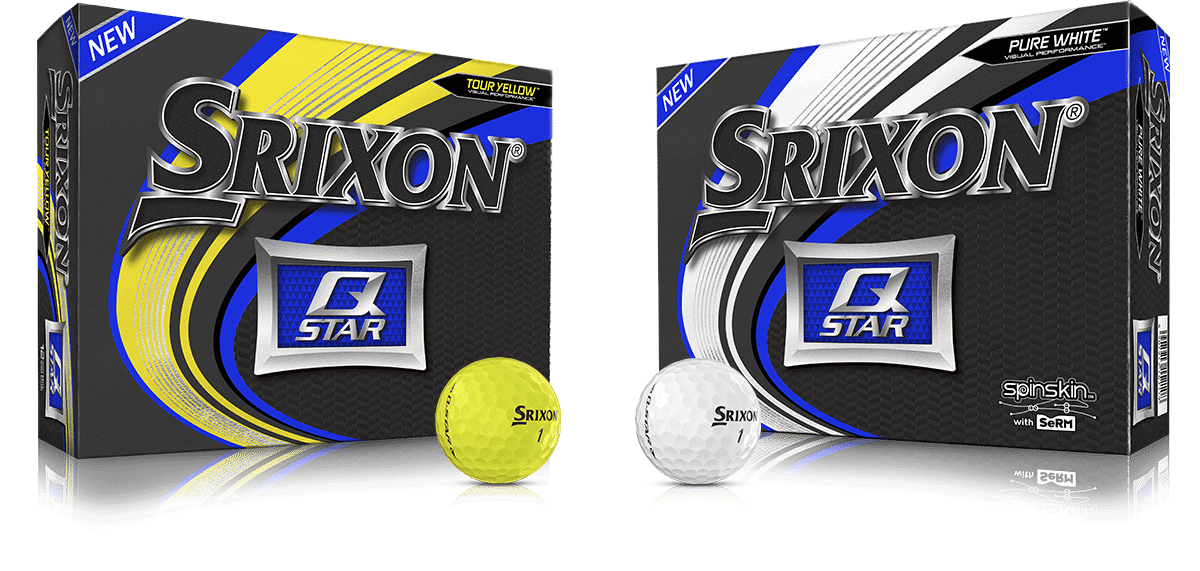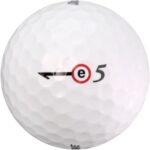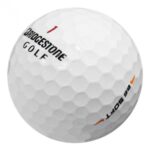Bridgestone is one of the companies that make choosing their product easy. They don’t just really products without ensuring they have a specific purpose or target audience. I like them for that.
When the brand, i.e. Bridgestone released the E5, it was designed to be a high launch ball. When E6 was introduced, it was meant to be a straight ball. Choosing is as simple as picking one that suits your fancy.
But what if you want more than just a straight ball. Or in the case of the E5 a high flight ball? Or just want to see if there are similarities between the two?
Whatever is your reason for wanting a comparison between these balls, this short article is written just for you. In the following paragraphs, I’m going to pit the E6 against the E5 to see how they fair in different categories.
These are very important for any golfer and they include:
- Design and technology
- Distance
- Feel and Spin
- Durability
Both perform excellently in these categories. However, there are stark differences between them to warrant favoring one over the other. Now that you understand what’s to come, let’s compare the two balls.
Bridgestone E5 vs E6: Are they Different?
Design and Technology
Both E5 and E6 golf balls come with the Bridgestone’s Dual Dimple Technology. This design maximizes the inner and outer elements on the balls to create high aerodynamics during launch and descent as well as better distance.
The E5 is the first in the series and the first to take the urethane cover and the large gradational core, which forms the 2-piece construction of the ball. This design is aimed at producing a softer feel and improved distance.
In Golf Digest’s Hot List, the E5 takes a gold medal, which means it is doing its job well. If you’re a golfer with moderate swing speed, you may want to consider this ball with its distance, soft feel, and spin around the green.
The E6, on the other hand, is an improved version of the E5, sporting a three-piece construction and a Surlyn cover, instead of the regular urethane cover.
It features Bridgestone anti-sidespin layer and a softer gradational compression core. This means that it’s softer than the previous model and will also suit players with moderate swing speeds.
Not only has it won a gold medal like the E5, but it has also become Bridgestone’s most popular golf balls.
Distance
When it comes to distance, the construction of the ball shines here. Not all balls are long just as not all of them are designed to give you a good distance.
The main feature of the E5 here is that it’s a long ball, perhaps than the E6, and has a soft landing. You should be getting a reasonable distance out of it. However, the E6 boasts of very low side spin, thus making for a straighter flight.
Feel and Spin
All balls have their advantages. And some won’t reveal all until you try them. You also have to know and understand what you’re looking for. This is because a ball can carry a specific feature you need now and lack many others.
The E6 for instance is a soft-ball but lacks spinning off the tee or around the greens. What about the E5? The ball sports a higher compression rating such that it can feel very hard when hit.
Here is how both balls fair:
The E5
The E5 is a good (or better) option if you have a low trajectory. The reason is that it’s a higher launching, a high spinning ball that’ll bite around the green better than the E6.
The E5 isn’t as soft as the E6. It offers a firmer feel and a good response to the putter. However, it’s hotter off the driver. In a test done during a short game, the E5 is found to have the highest spinning of all balls in the e series.
The E5 offers high spinning coupled with a budget price.
The E6
Unlike its previous sibling, the E6 is an all-around golf ball. Not only can the E6 hold around the greens, but it also has a very low spin.
It’s also very soft and has a dependable rollout especially if you’re playing short pitches. Although you won’t enjoy the excellent biting capacities of the E5 in this ball, you can get longer distances and straighter shots with it.
The ball can also perform poorly around the greens but excellently off the tee and for long fairway shots. Moreover, Bridgestone considers it to be the softest multi-layer ball on the market.
So, if you’re the type that likes to have your ball feeling nice, long, and straight, and not looking for tour quality bite on the greens, then this might be a good option for you.
Durability
This is where the three balls excel. And where they are very similar. It’s clear that Bridgestone has strived hard to ensure the balls don’t shred easily and that’s evident in a lot of tests involving the two balls.
They are not your regular tour balls, but they are as good as the premium ones out there in this section.
There are many more to say. But the crux of the matter is that they are well made, sturdy, and built to last long. So, whichever you go for out of the two should serve you well…and that’s if they don’t get lost on you.
Verdict
It’s clear that Bridgestone is trying, with each release in the e series, to provide golfers excellent balls to play with.
The brand also makes it easy to choose by fixing each ball with distinct characteristics. It’s possible to come across other balls, in the same category as these, that are much cheaper.
However, there is a significant feeling that develops when you stay with a brand for a long time. It’s mostly irreplaceable that other brands may not give you. That’s if you’re a loyalist though!
Note: There is a new addition to the group, E7, and that will be reviewed and compared in subsequent posts.
Related Posts:


